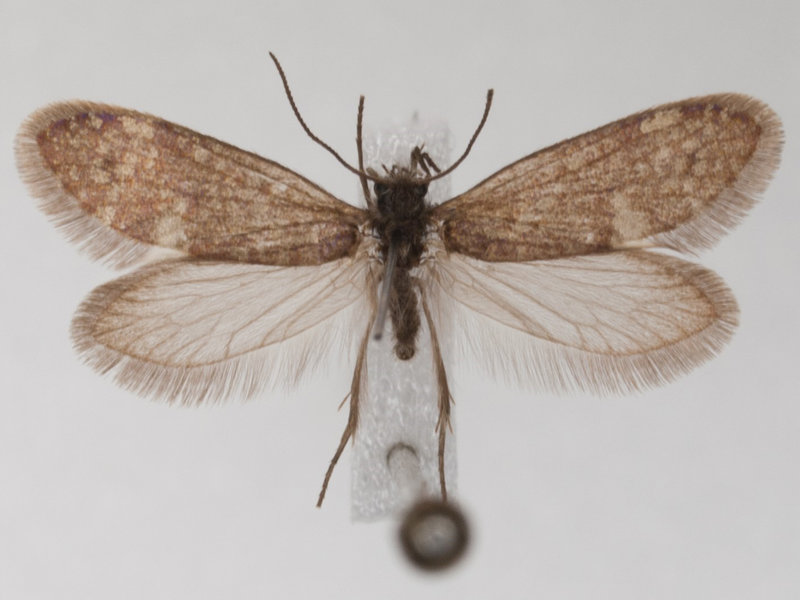
Nectar sucking organ of butterflies existed before flowering plants, says research
If you are thinking that butterflies existed along with the flowers, then you might be wrong in your perception. A new study has revealed that the butterflies and moths came to Earth before flowers. As per the study, the proboscis of butterfly existed before flowering plants. Traditionally it is believed that butterflies and moths evolved the proboscis to feed on flowers.
The proboscis is a long, tubular, flexible organ present in butterflies that help them to suck nectar from flowers. When scientists analyzed the fossils of the pre-historic moths and butterflies, they found out that the proboscis existed in butterflies before the existence of flowering plants. This indicates that in ancient times, butterflies used their proboscis for a different purpose before flowers existed. Hence, the latest study upends the traditional idea that says that butterflies used proboscis to feed on flowers and suck nectars from them.
The latest study was carried out by a team of researchers led by Timo van Eldijk, a researcher at Utrecht University in the Netherlands. He discovered the fossilized remains of many ancient moths and butterflies in a drilled core in northern Germany. Van Eldijk then separated the tiny scales of the fossils. These microscopic scales are found on the wings and bodies of moths and these wings give colors to the butterflies. The scales are very delicate and when someone touches the wing of butterflies, the color feds away because the scales get detached from the wings. From the German soil core, Van Eldijk and his team got around seventy tiny scales of pre-historic moths and butterflies. When he analyzed the scales under a microscope, he found out that the scales are hollow structure.
A particular group of moths and butterflies called Glossata is known to have such type of hollow scales, and this Glossata group has moths that have proboscis. Van Eldijk explained that the most exciting thing was the hollow scales. When one finds the hollow scales, it is almost certain that the innovation of proboscises must have occurred before hollow scales.
The fossil study further informed that the moths and butterflies with proboscis existed as far as 200 million years ago. That means these are the oldest butterfly fossils ever discovered as the fossils were found to be almost 70 million years older than the previously discovered fossilized remains of moths. Hence, the scientists concluded that the ancestors of the modern-day moths and butterflies existed before flowering plants. Van Eldijk said, “What we found is that there were moths and butterflies with a proboscis that were already around way before there is evidence of flowering plants.” The latest study was published in the journal Science Advances.


